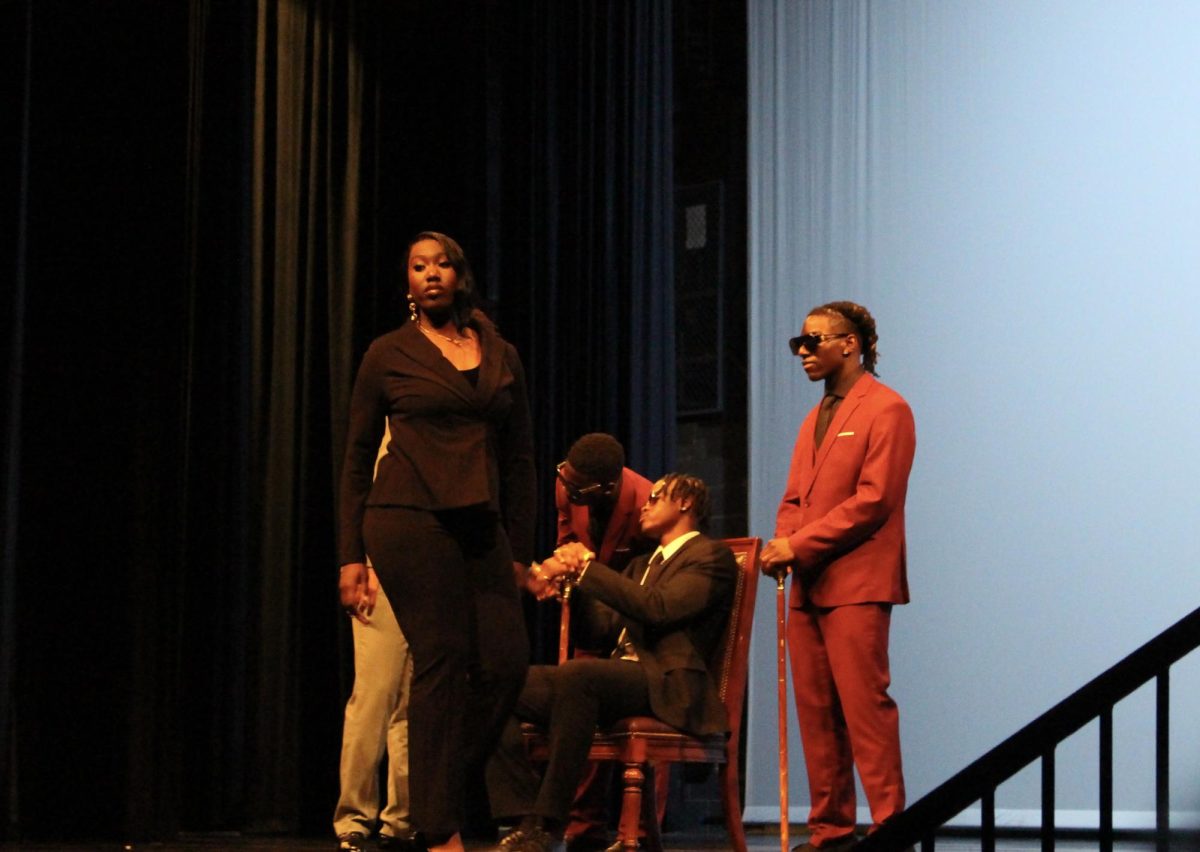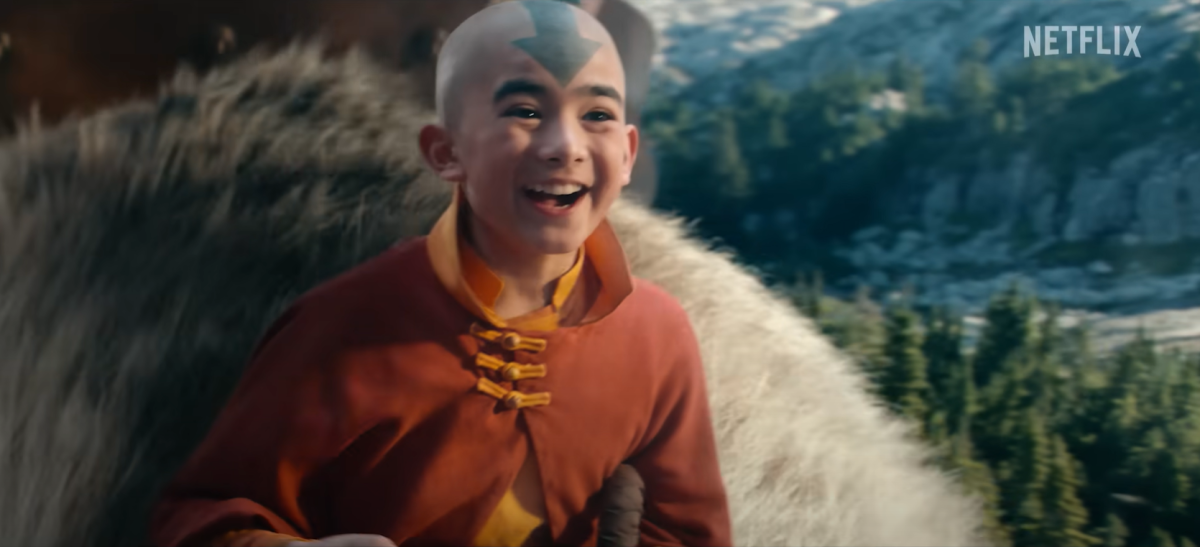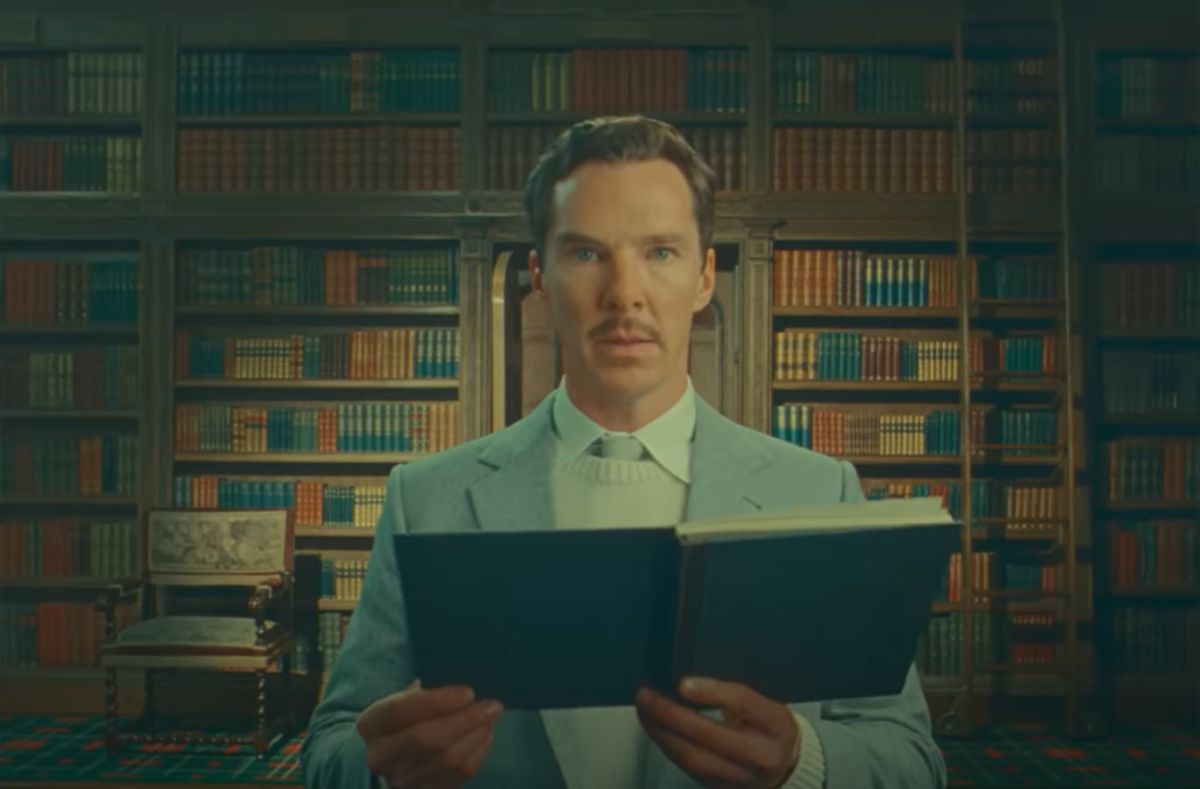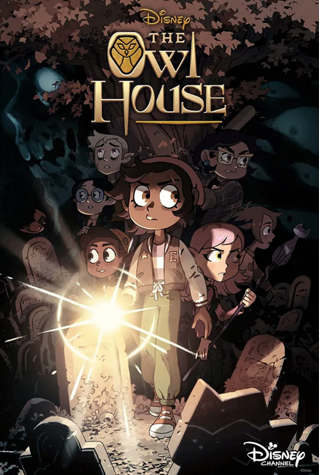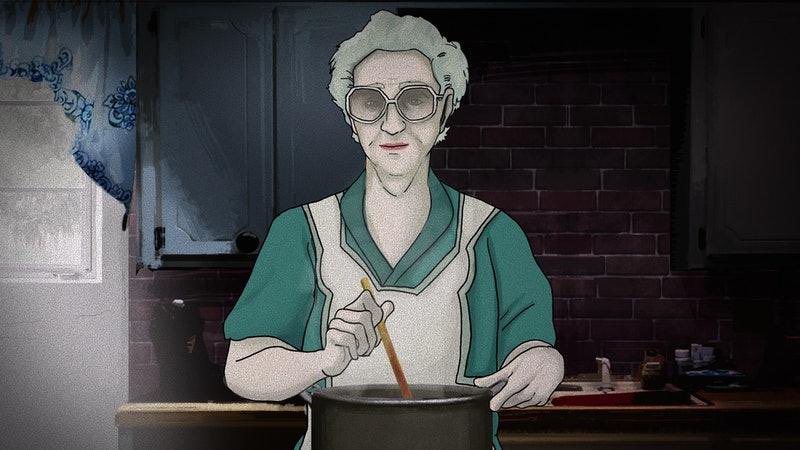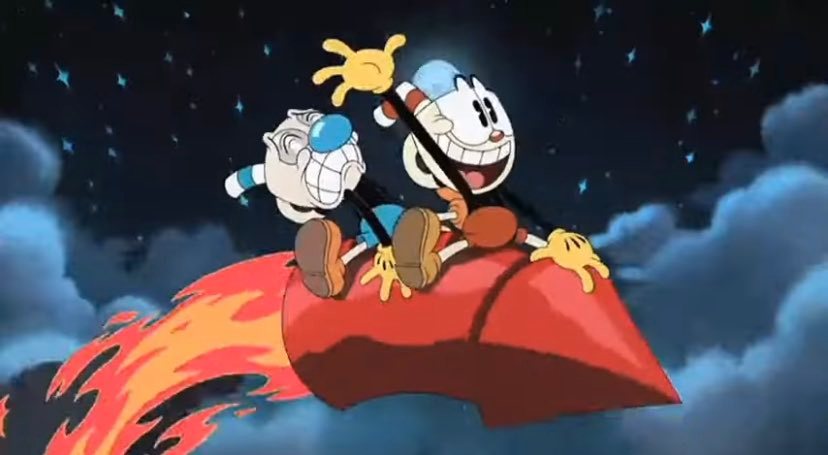If you’ve ever dreamt anything from a David Lynch film, the man himself has done his job. The other day I had a dream in which one of my friends was singing a soulful, powerhouse version of Roy Orbison’s “Crying,” only it was in Spanish. If you haven’t already figured it out, my dream was plagiarizing Mulholland Drive, David Lynch’s deranged surrealist-psychodrama from 2001. The vision stuck with me, which inspired me to write about it for this week’s recommendation.
Mulholland Drive, best interpreted entirely as a dream, stars Naomi Watts in her breakout role as Betty, a plucky Doris Day-like heroine who arrives in Hollywood in hopes of becoming a movie star. Her trip, however, instantly takes a dive into a Nancy Drew mystery. She meets an amnesiac named Rita (played by Laura Harring) who survived a freak car accident and has wandered into Betty’s aunt’s subleased apartment. The two investigate Rita’s mysterious origins, and wonder why there’s a blue key and a large amount of money in her purse.
Meanwhile there’s a subplot involving a young director (Justin Theroux) on what looks like his worst day ever: producers have arrested him of creative control on his new film, and he has caught his wife cheating with Billy Ray Cyrus. Honestly, can you think of a worse day? It turns out that his film is the one Betty tries out for, and her audition is one of the most powerful scenes in the film. The soap opera acting comes to a screaming halt, and a twisted reality begins to sow its seeds.
Following some explicit female bonding and a scene in Club Silencio (which features the beautiful, emotional performance of “Crying” by Rebeckah Del Rio), Mulholland Drive falls into the rabbit hole. What results is tragic, mindbending, spellbinding. I’d love to indulge, but for the sake of those new to the film, I shan’t reveal any secrets. Rest assured, you won’t know what hit you.
David Lynch is an American treasure; aside from directing such classic oddities as Eraserhead, Blue Velvet (which replenished the career of the late Dennis Hopper), and The Elephant Man, the self described “Eagle Scout from Missoula, Montana” has helped make Pabst Blue Ribbon “hip” again (though I still prefer Heineken) and brought awareness of transcendental meditation to a new generation. His disregard for straight-forward filmmaking in favor of dream-like hypnosis has brought cheers and jeers from viewers. His films are not for everyone, but if you are willing to indulge yourself in the glow of wavy Lynchian eccentricity, make this film your first choice.
Why this film? For starters, Mulholland is one of Lynch’s biggest head scratchers, and you’ll never want to stop uncracking it once you see it. It is immensely layered and cluttered with images and characters, which is a key aspect of his best films. Some things belong, or do they? Why is there a random cowboy we only see three select times? What’s the significance of the pencil-moustached basement-bound dwarf? Who the hell spits their cappuccino in a napkin? Why do people have neon-pink house paint in their garage? All these questions and more will pick at you during Mulholland Drive. Once you see it, it’ll never stop racking your mind. Just don’t try to think too much about it during your first viewing, just pay attention and wade in the murky waters.
Of all of David Lynch’s twisted, manic visions, Mulholland Drive is his most captivating work, and one of the best films of the past decade. It’s suspenseful, sexy, and mysterious. It features the self-aware fake “bad acting” that occurs through many of his films, and constantly features a pattern of being horrid followed by being ironically funny. Images daunt and thrill, the sound will fill your bones with shivers. Most importantly, Mulholland Drive plays with American myths and subverts how we perceive our innermost fantasies. Through Lynch, our dreams can often become our worst nightmares.




